Opinions are powerful. When we generate ideas for opinions, we ask ourselves – What do we know all about? What do I care about? What do I wish other people believed? How is my thinking different from others? When we share our opinions, we also want to share strong reasoning so others will listen to and believe us.
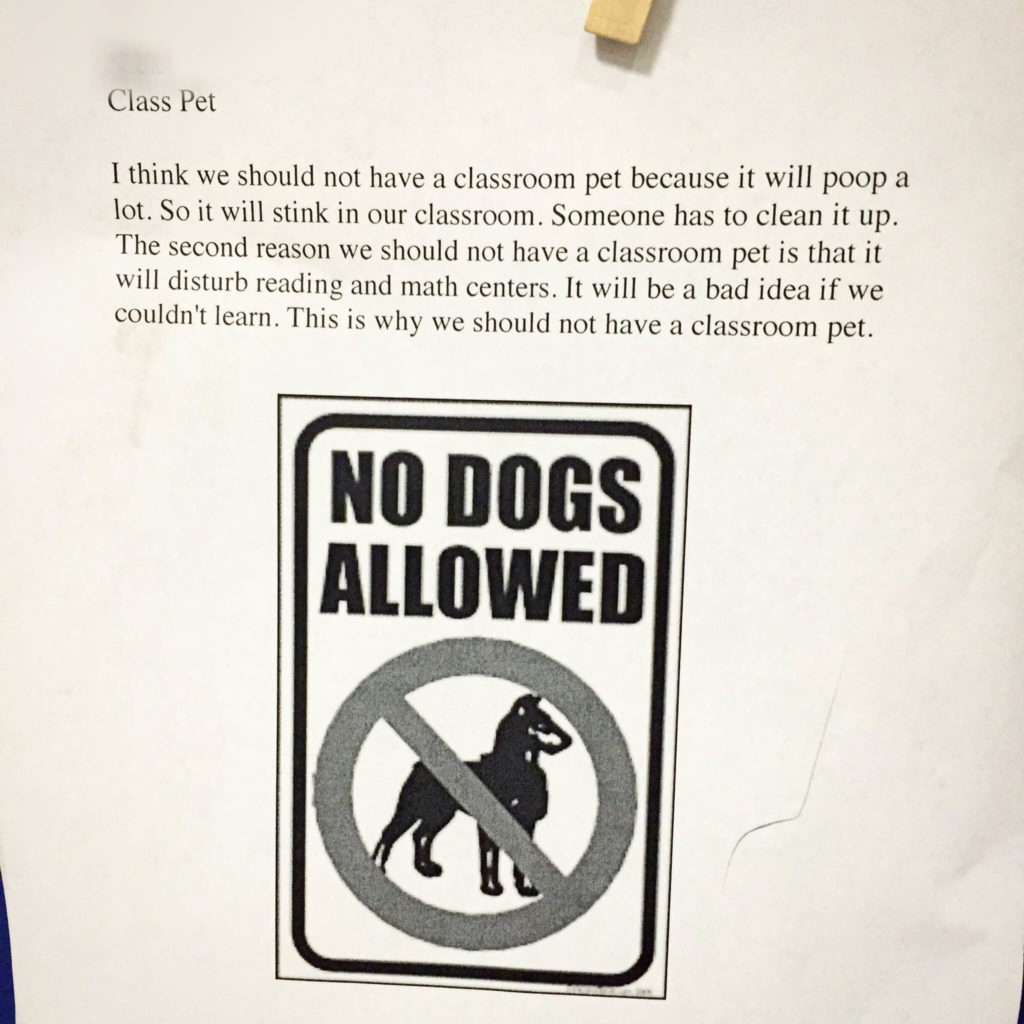 Throughout the post, you’ll find Amazon Affiliate links, which means Amazon tosses a few nickels my way if you purchase something through that link, at no extra cost to you, that helps to keep my corner of cyber-space running and helps fund giveaways!
Throughout the post, you’ll find Amazon Affiliate links, which means Amazon tosses a few nickels my way if you purchase something through that link, at no extra cost to you, that helps to keep my corner of cyber-space running and helps fund giveaways!
Opinion Writing I-Can Statements
Our Composition (Writing) Standards in Kentucky ask students to “Compose opinion pieces, using a combination of writing and digital resources, on topics or texts, with supporting reasons. .” (C.2.1)
FREE Would You Rather...? Writing Prompts
Over the course of year, we take the time to explicitly model, give students the opportunity to write, and share and give feedback on opinion writing. Sometimes our opinions come from a topic or prompt and other times, they are passage-based. Our student I-Cans for opinion writing include:
- introduce the topic
- write an opinion statement
- organize ideas in a way that makes sense
- include reasons with details to support my opinion
- use transition words
- create a sense of closure
- plan, revise, and edit with help
 Mentor Texts
Mentor Texts
Throughout every writing unit, using real-life authors as mentors allows students to see writing craft in published works. Using mentor texts allows students to understand a greater purpose for learning a variety of writing techniques.
Get Epic for Kids has DOZENS of books that include opinions, reasons, and arguments. By searching, “Opinion” there are several amazing series to find – Do You Really Want…?
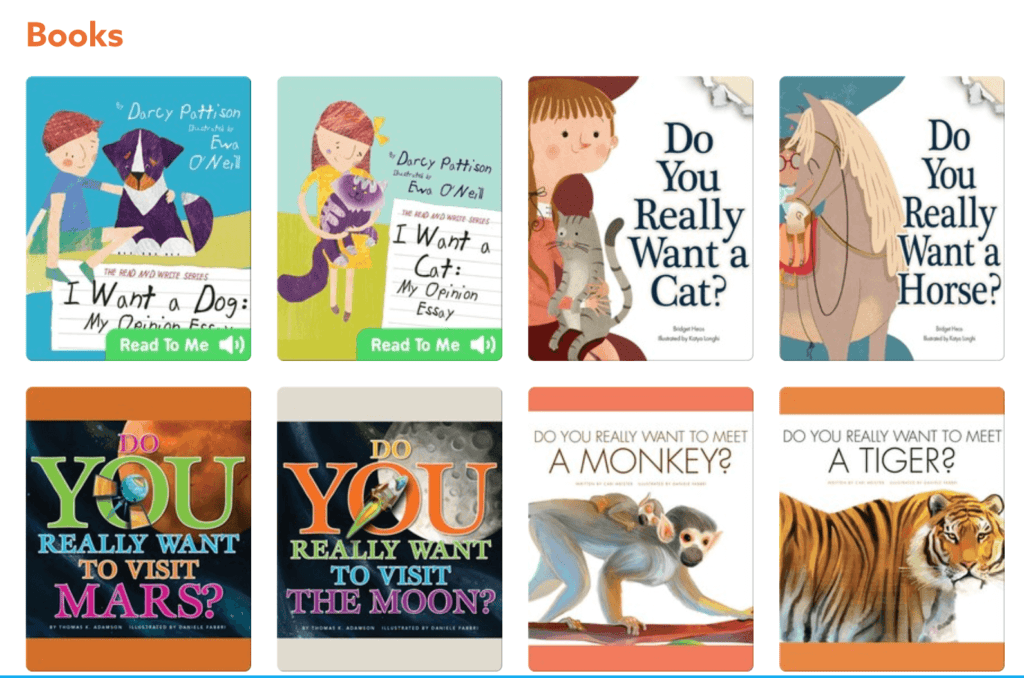
 Using Because
Using Because
Oral Language matters. We want students speaking and share in complete sentences, as well as, writing in them. When we give students opportunities to talk before writing, we are scaffolding their thinking, language, and writing. Launching Opinion Writing, the goal of this lesson is to have students choose an opinion and support it with a reason using the word because. My favorite text to do this is Which Would You Rather Be. We take the time to read each page and practice responding with complete sentences – I would rather __________ because __________.
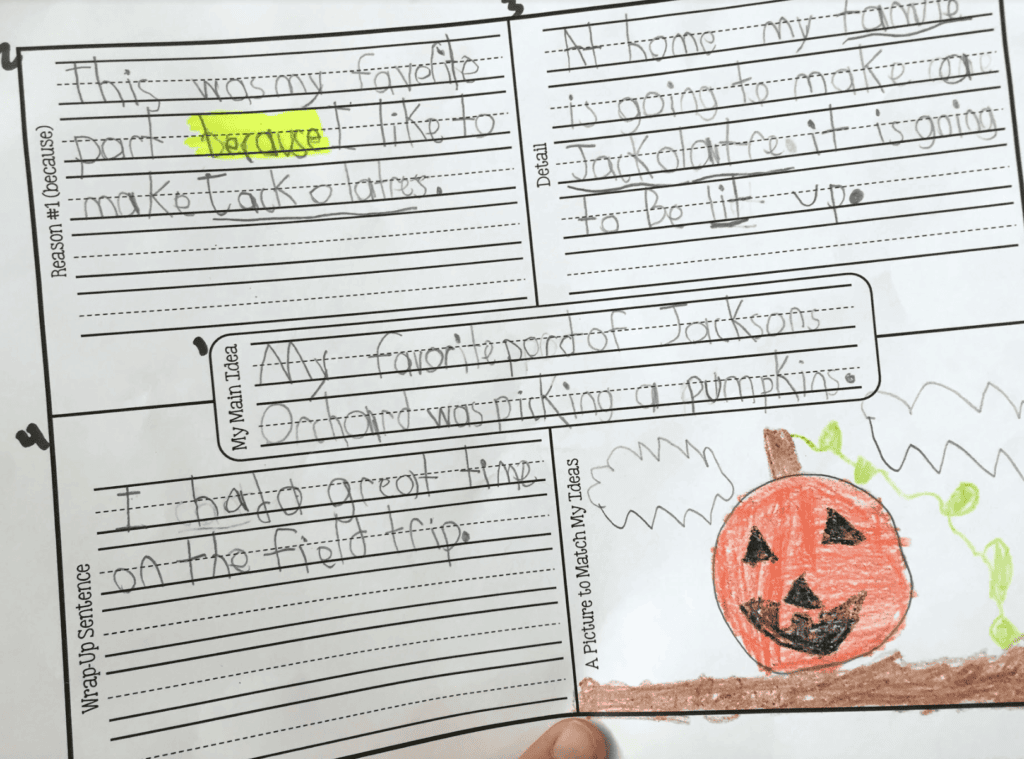
 Hooking a Reader in Opinion Writing
Hooking a Reader in Opinion Writing
Introducing a subject or providing context for an opinion is a nuanced skill. Initially students may jump into their opinion and begin providing reasons and examples. Eventually we want students to consider how they can lay the groundwork for a strong opinion. With 1st and 2nd grade writers, I prefer to introduce 2-3 strategies, let students play with each one, and then, pick a just-right strategy for their piece.
- Asking a Questions
- Telling a Story
- Sharing a Fact
Reasons to Support an Opinion
In my opinion, ______ is better because it’s fun.
I like it because I do.
______ is the best because it makes me happy.
Have you heard any of these before? Reasoning matters AND it is a hard skill for our budding writers. Exploring weak vs. strong reasoning is worth the investment of time and energy. #fightthegoodfight
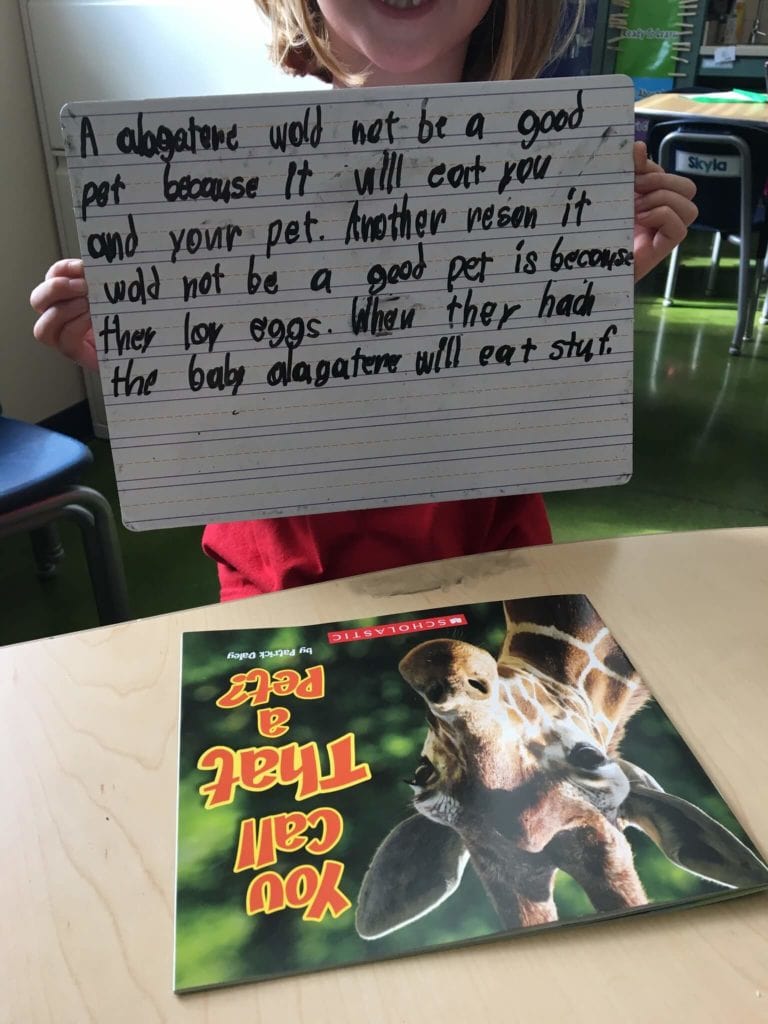
 Writing a Conclusion
Writing a Conclusion
After investing time in hooks, strong reasons, and details to support the reasons, our conclusions are often forgotten. Conclusions in opinion pieces are an opportunity to remind the reader of the strong reasons previously provided, re-share the initial opinion, or leave readers with a final happy thought. There is no one right answer. Some of my go-to conclusion:
- Restating an Opinion
- Summarizing Reasons
- Final Happy Thought
- Referencing Other Opinions
Color-Coding Our Opinion Writing
Revising and editing with support is also a part of our composition standards in 1st and 2nd grade. Teaching students to color-code their writing is a simple way to help them organize their ideas and easily check to see if something is missing. It’s an incredibly visual way to see (1) what has been included and (2) what is missing. From this visual checklist, we can go back and revise our work.
As a school, we assign a color to each part of the paragraph. (Read more about paragraph organization here.) The opinion (i.e. main idea) and conclusion are BOTH red since the concluding sentence relates DIRECTLY back to the main idea and restates it in a different way. Our supporting detail is blue and our example/explanation is green.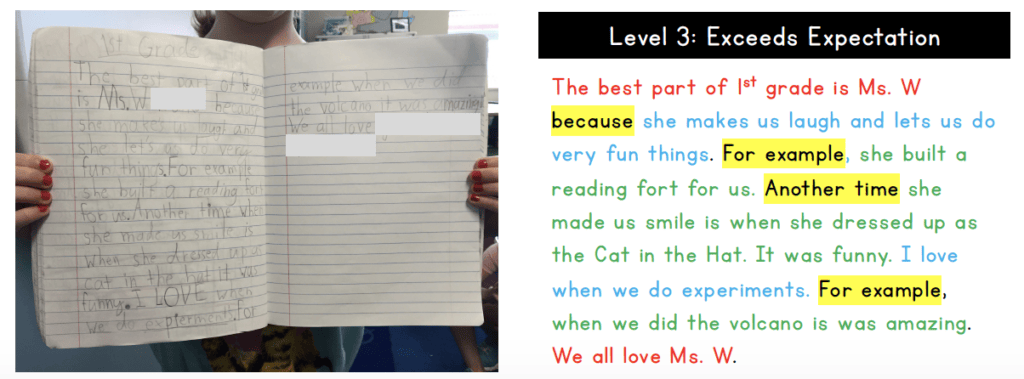
Wrapping-Up
Ultimately, we want students to be able to articulately share their ideas and opinions in ways that others can understand and with enough support that they are believed. Not only a part of our writing standards, this is a real-world skill (in writing and more importantly, in conversation). Taking the time to explore author different authors incorporate opinion technique into their writing, and giving students the opportunities to practice the same techniques matters.
Get Free Teaching Resources!
Join me for weekly classroom updates and free resources that are just-right for your guided math classroom!
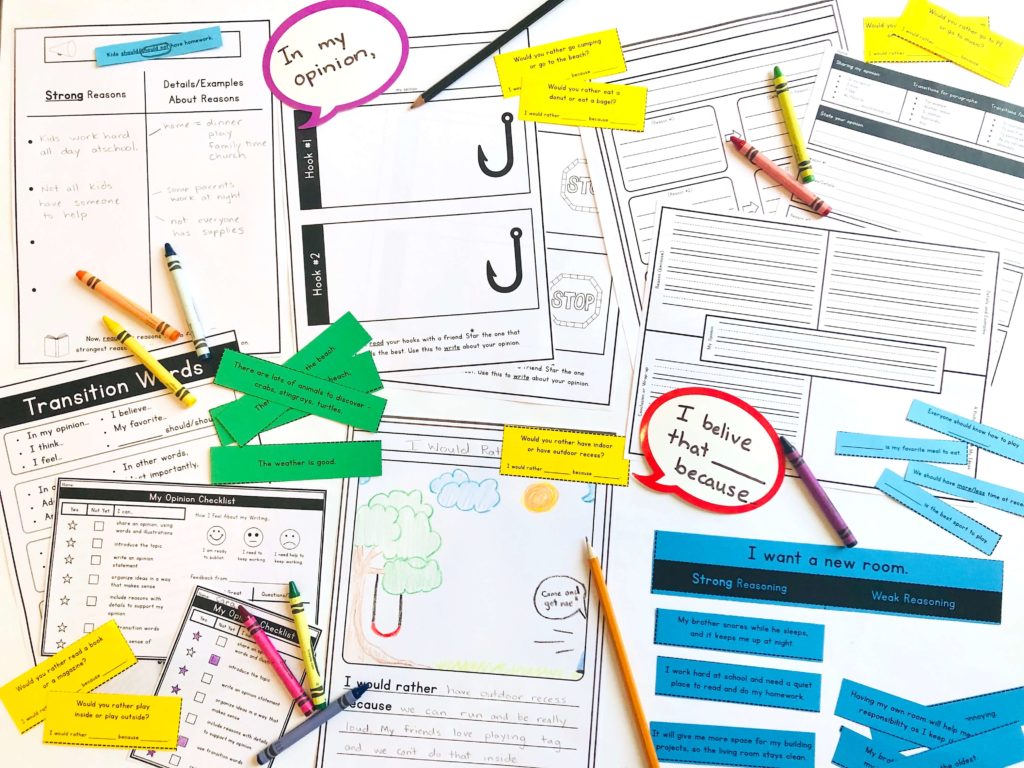
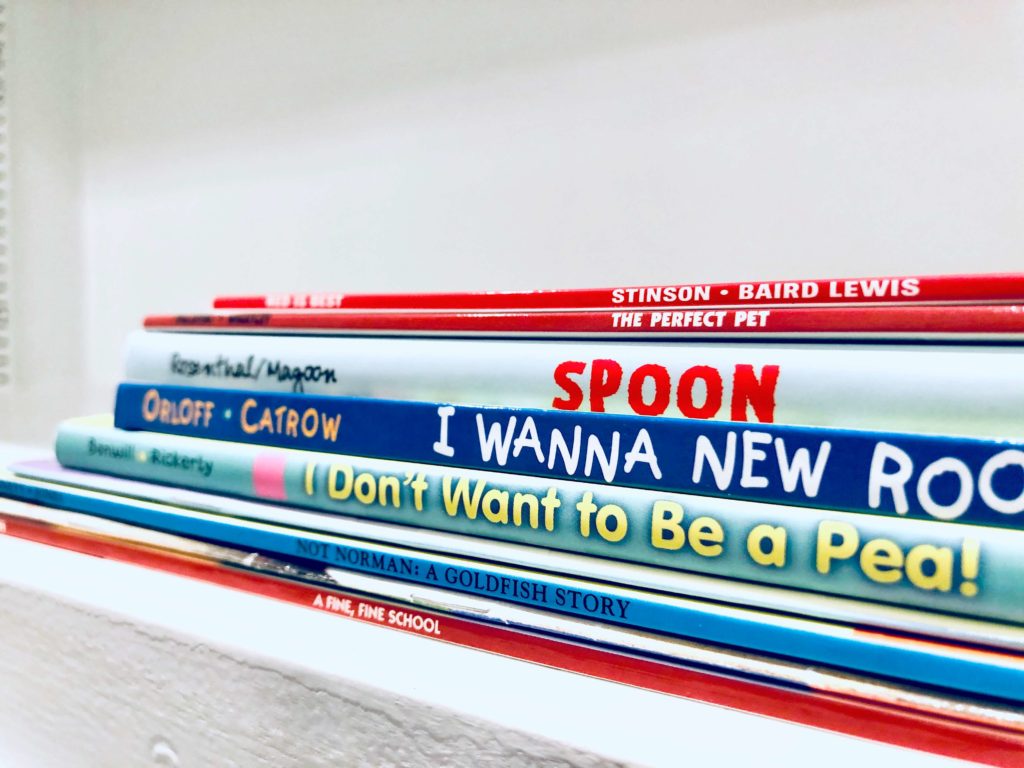 Using Because
Using Because 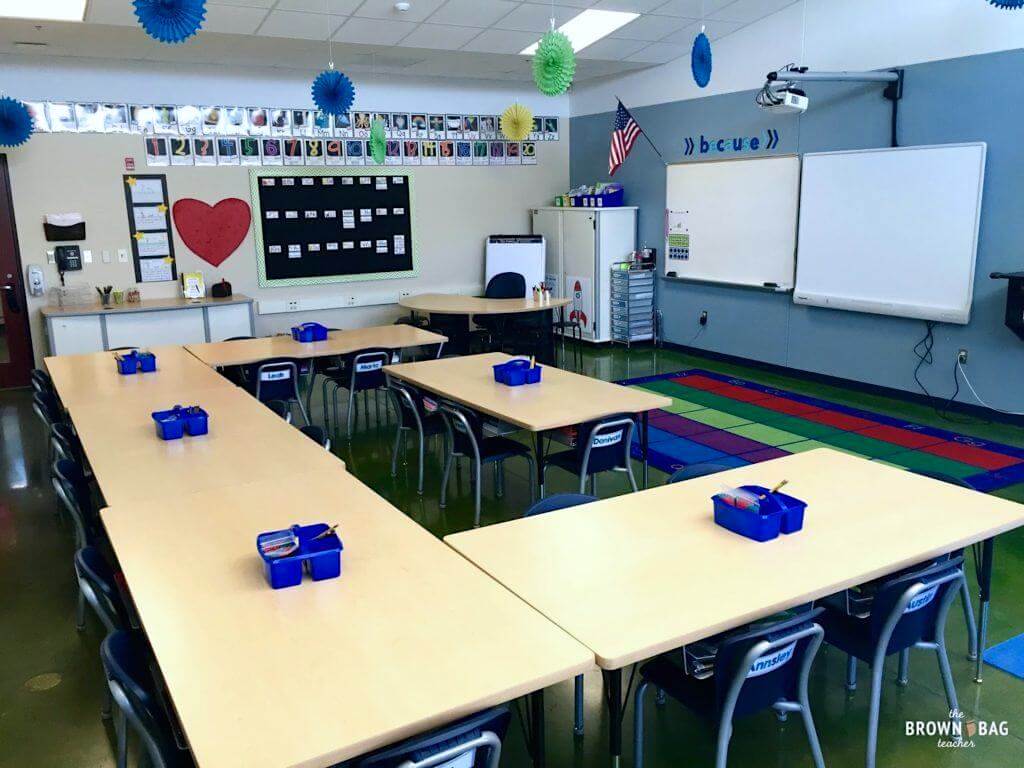 Hooking a Reader in Opinion Writing
Hooking a Reader in Opinion Writing 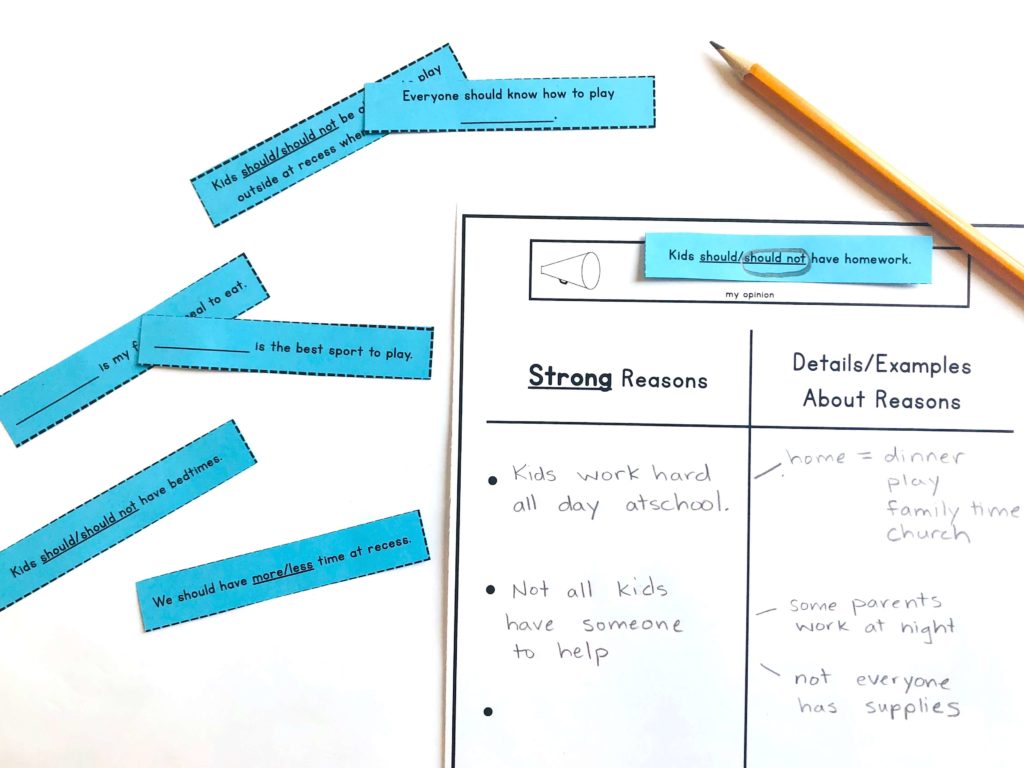 Writing a Conclusion
Writing a Conclusion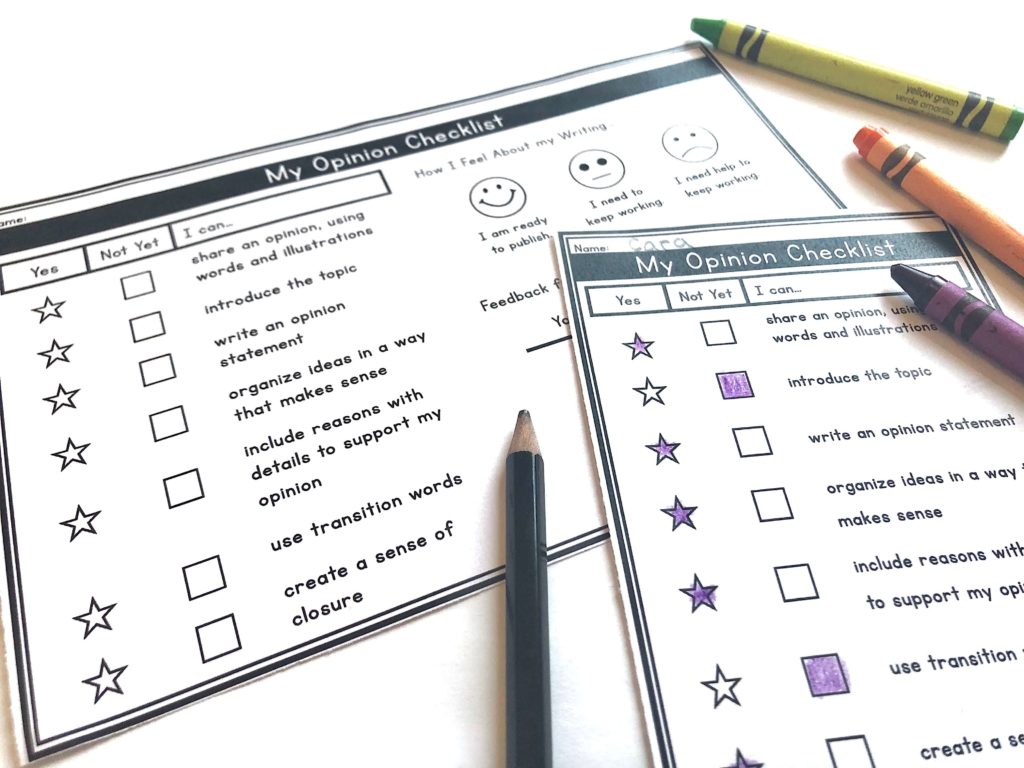
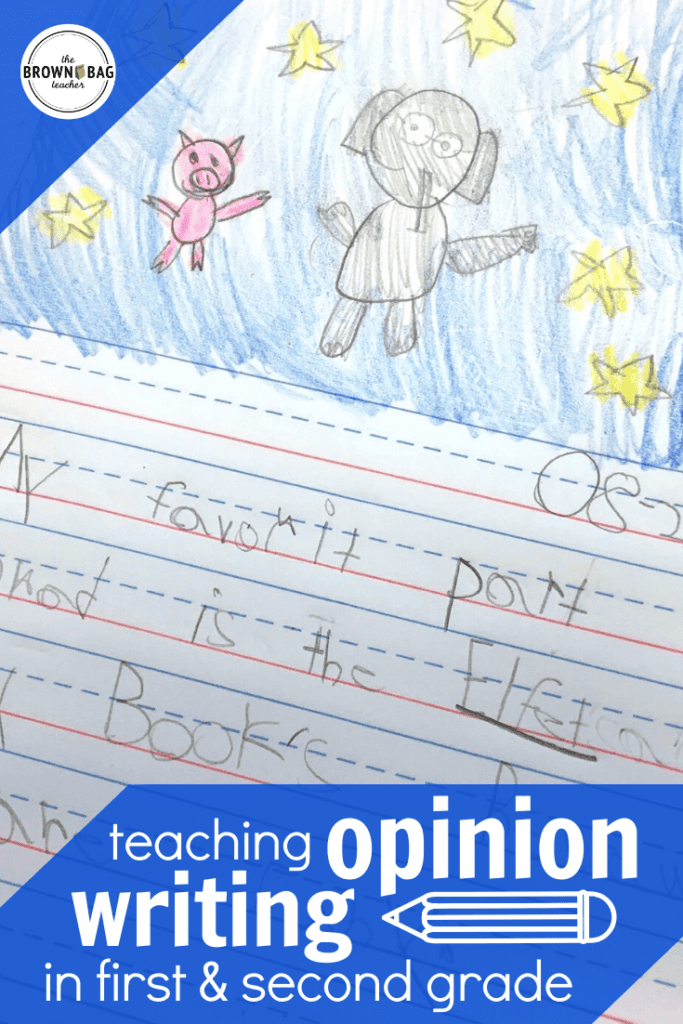

Opinion writing involves expressing personal viewpoints on various topics, events, or issues. It often appears in editorials, blogs, and columns, aiming to persuade or inform readers. Effective opinion pieces rely on clear arguments, evidence, and logical reasoning. While subjective, they must respect opposing views and maintain journalistic integrity.
For More Info Visit Our https://www.popularpunch.com/
Writing opinions enables people to share their distinct viewpoints and views on a range of subjects. Papers with a personal perspective can excel on this platform. Writing opinion pieces with persuasive and elegant arguments is a skill that shapes critical thinking and public conversation. Regardless of your position on a certain issue, the greatest writing service may assist open up thought-provoking dialogue and widen perspectives.
https://essaywriters.ae/personal-statement
As players progress through the game moto x3m , they encounter a series of intricate obstacles, including ramps, spikes, and loops that demand quick reflexes and strategic thinking. The game features stunning graphics and smooth animations that bring every jump and flip to life, making each race visually captivating. In addition to completing levels as quickly as possible, players are also encouraged to perform daring stunts, such as flips and spins, to earn extra points and unlock rewards.
The Backrooms Game is an online horror game that originated on the popular imageboard website, 4chan. It takes inspiration from a creepypasta story titled “The Backrooms” which describes a seemingly infinite maze of monotonous yellow rooms with no discernible exits. In the game, players are tasked with navigating these eerie hallways while avoiding dangerous entities and searching for a way to escape.
The backrooms game is an online horror game that originated on the popular imageboard website, 4chan. It takes inspiration from a creepypasta story titled “The Backrooms” which describes a seemingly infinite maze of monotonous yellow rooms with no discernible exits.
Opinion writing allows individuals to express their unique perspectives and insights on various topics. It’s a platform where custom papers tailored to personal viewpoints can truly shine. Crafting well-reasoned and eloquent arguments in opinion pieces is an art that influences public discourse and critical thinking. Whether you’re for or against a subject, custom papers https://best-writing-service.com/custom-papers/ in opinion writing can spark meaningful discussions and broaden horizons.
Opinion writing allows individuals to express their unique perspectives and insights on various topics. It’s a platform where papers tailored to personal viewpoints can truly shine. Crafting well-reasoned and eloquent arguments in opinion pieces is an art that influences public discourse and critical thinking. Whether you’re for or against a subject, best writing service can help spark meaningful discussions and broaden horizons.
I gained so much after seeing your post! In the past I often played games, this is a fun game for entertainment, but now I will follow you, reading your article will give me more knowledge.
Wonderful book! Your observations certainly clarified the subject. Anticipating more of your writings
Opinion writing basically is an opportunity to share your thoughts, statements, or any opinion that can be a powerful weapon against anything wrong or injustice. Writing has so much power you will need when you get it know deeply. For academic writing, students can use Best Assignment Help Services but for opinion writing you have to write every word on your own because that is your thinking about the title so that should be done by yourself.
Opinion writing basically is an opportunity to share your thoughts, statements, or any opinion that can be a powerful weapon against anything wrong or injustice. Writing has so much power you will need when you get it know deeply. For academic writing, students can use Best Assignment Help Services but for opinion writing you have to write every word on your own because that is your thinking about the title so that should be done by yourself.
Drift Boss is an exciting and addictive online driving game that challenges players to showcase their drifting skills. In this game, you become a drift boss and have to navigate through various challenging courses filled with obstacles and sharp turns.
Drift Boss is an exciting and addictive online driving game that challenges players to showcase their drifting skills. In this game, you become a drift boss and have to navigate through various challenging courses filled with obstacles and sharp turns.
I appreciate your quick response. Thank you so much.
This great post emphasizes the power of opinions and their effective expression. The emphasis on introspective questions to generate opinions is insightful. It’s great that you use Amazon Affiliate links to fund giveaways and support your blog. The “I-CAN” statements for opinion writing may help Kentucky students improve their composition skills. Continue the good work! 👍
One of the most powerful tools in promoting growth mindset is Classroom 6x through intentional read-alouds. Selecting texts that resonate with students and convey messages of perseverance, resilience, and the power of yet can profoundly impact their mindset and outlook on learning.
I feel strongly about it and love finding out more about it. If you could, as you learn more, would you mind adding more information to your blog quordle
I just wanted to let you know that I just looked at your website and found it to be very interesting and helpful. I’m looking forward to reading many of your posts
I am grateful to you for the extensive amount of time and expertise you have selflessly imparted to me. I truly appreciate your capacity to inspire and motivate me.
space waves
What a fantastic book! Without a doubt, the topic was made clearer by your remarks. I look forward to reading more of your articles.
I appreciate your sharing. The essay writing service is very cheap so every student love to get the Essay Writing service you share.
I am usually a person who likes to spend time playing games and fall guys game always excites me. The material in your blog is really clear and easy to understand. I was able to gain information that I did not know.
Thank you so much for sharing how I optimize my product pages, thanks to your sharing I have been able to improve my product pages much better than before.
In other words, this effort is a spiritual thread that connects us all.
Struggling for better grades ? Pay someone to do my homework and get expert help with your homework and save time, avoid frustration, and submit quality work effortlessly.